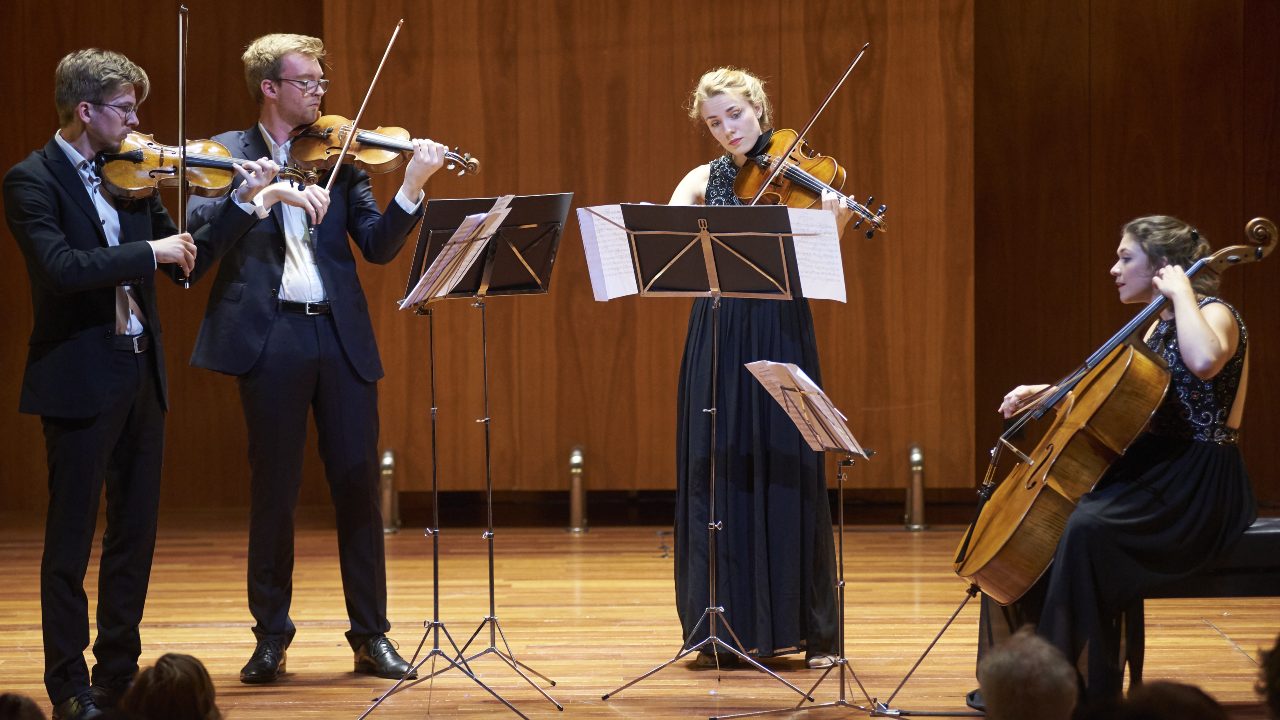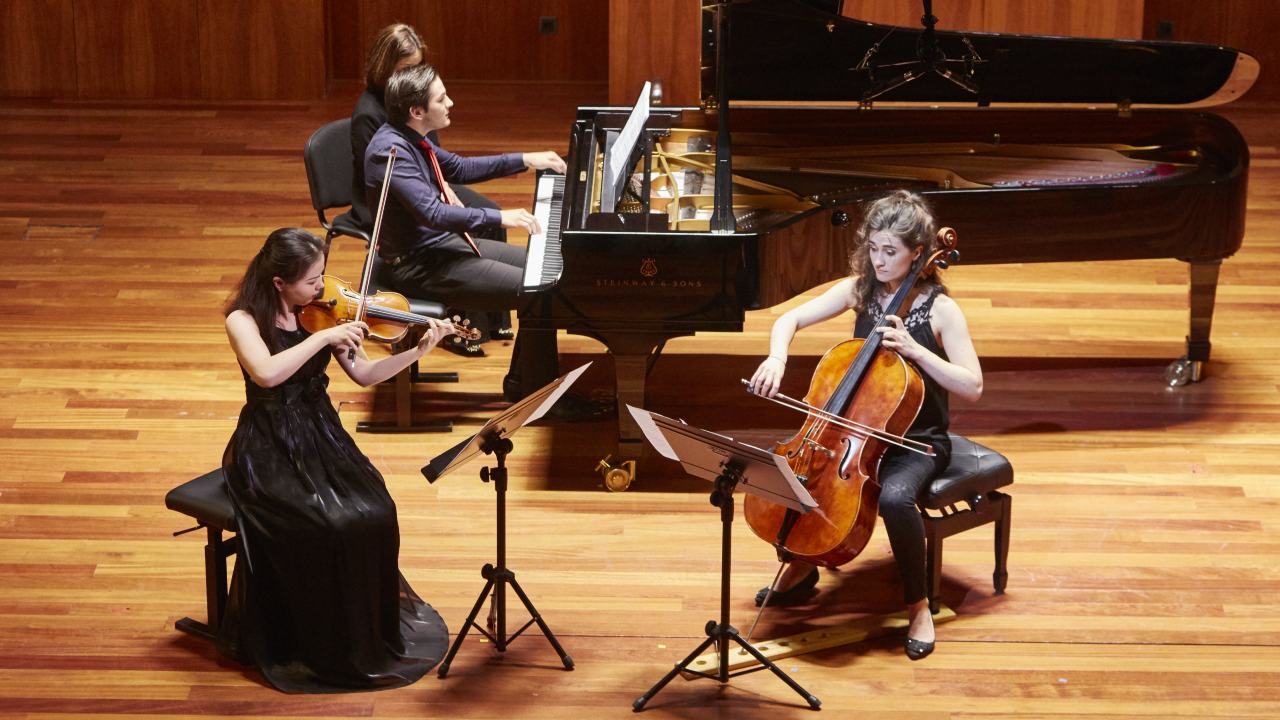In times of pandemic it is a challenge to organise any event, especially cultural ones. But often the vital need is so strong that it helps to overcome all the difficulties. It is with this idea, to bring music back to the stage after so many months, that the Ciclo Reencuentro was born, organised in Santander by the Escuela Superior de Música Reina Sofía in July 2020. This new encounter with the public brings us all the depth of the cello in two works from the second half of the 19th century.
Brahms' first Sonata for cello and piano op. 38, written after the death of his mother, was the result of several elaborations, finally remaining in a three-movement structure that lacks a proper slow tempo. In addition, Brahms, always faithful to his German roots, takes material from J.S. Bach's Art of the Fugue to elaborate part of his movements. Thus, the final fugue follows a form based on the Contrapunctus XIII of that piece.
Klid, Silent Woods op. 68, is one of four short pieces that Dvorák wrote for cello and piano, arranged from the original for piano four hands. In contrast to the magnificence of the Cello Concerto, in this Klid Dvorák evokes stillness and calm, in a more than successful attempt to capture silence through sound.
Hayk Sukiasyan, cello
Pallavi Mahidhara, piano
Program
Johannes Brahms
Sonata for cello and piano no. 1 in E minor, op. 38
I. Allegro non troppo
II. Allegretto quasi menuetto
III. Allegro
Antonin Dvorák
Klid (Silent Forests) for cello and piano, B 173, op. 68 No. 5




